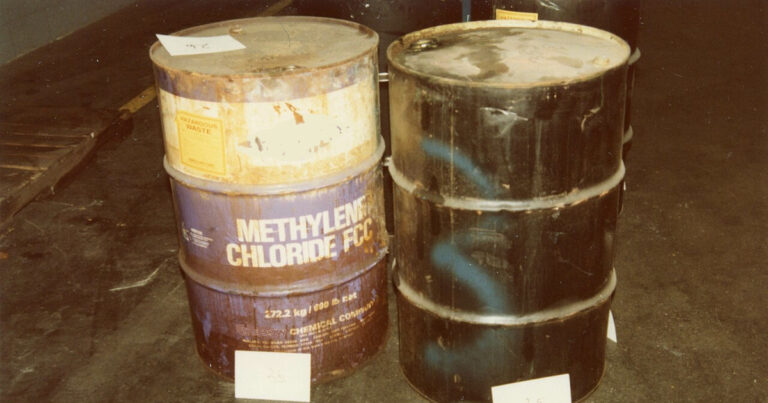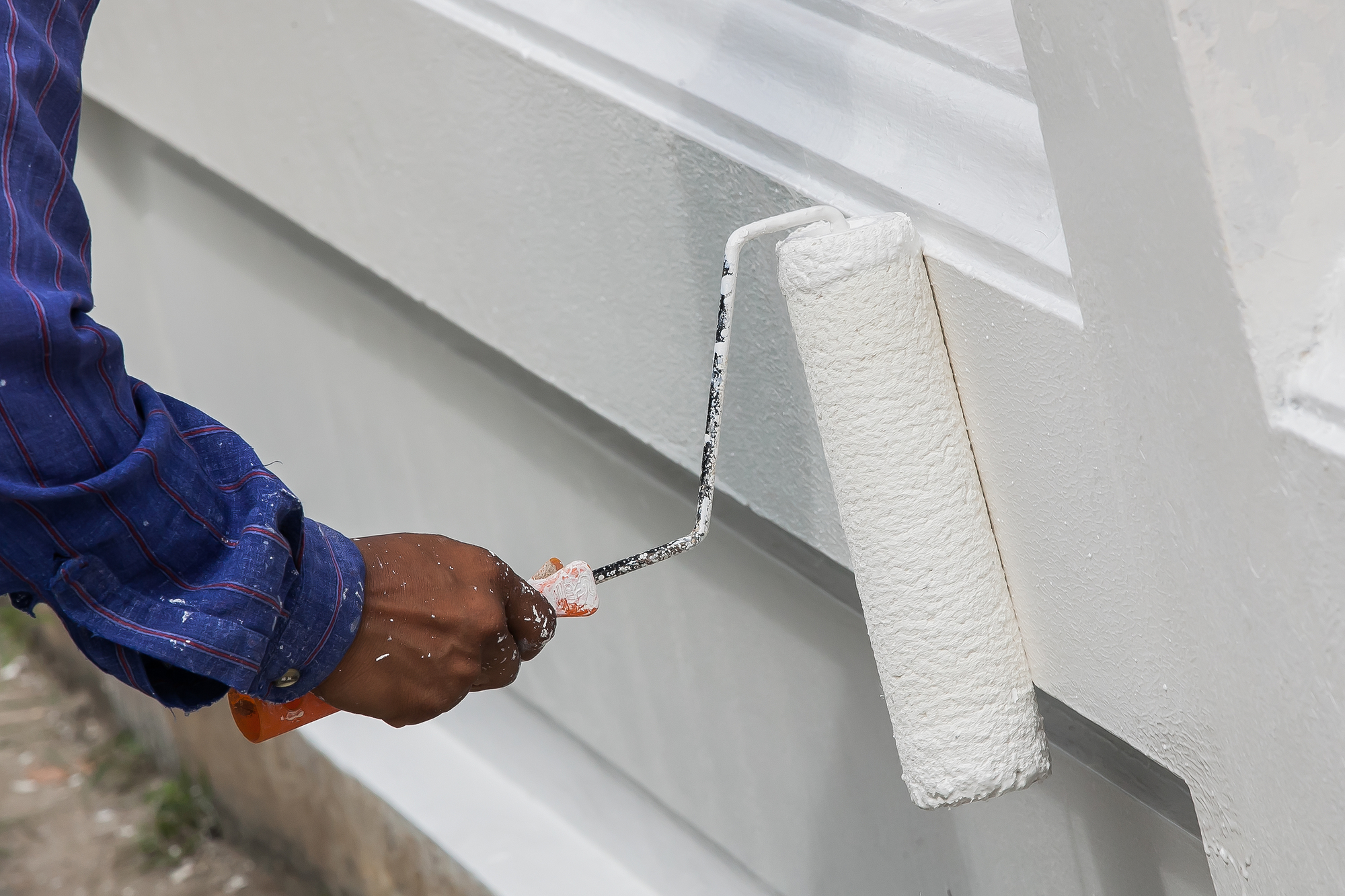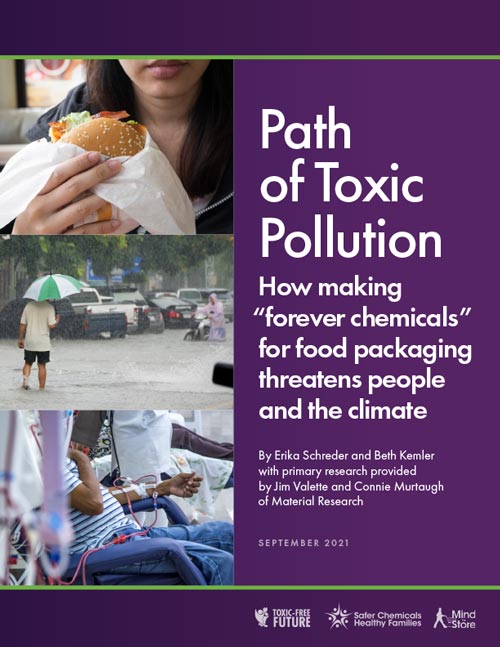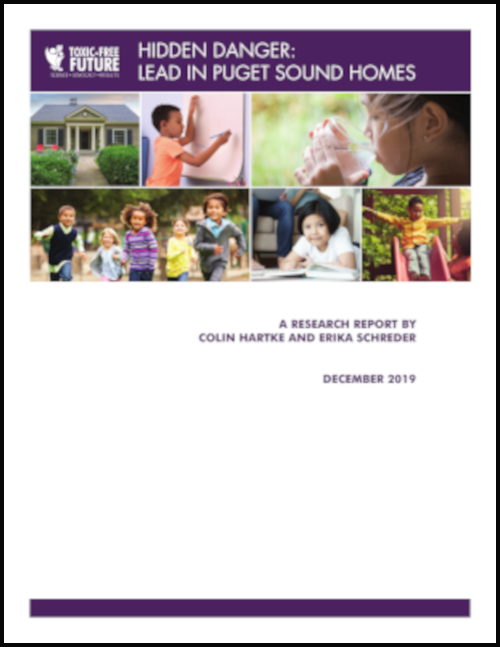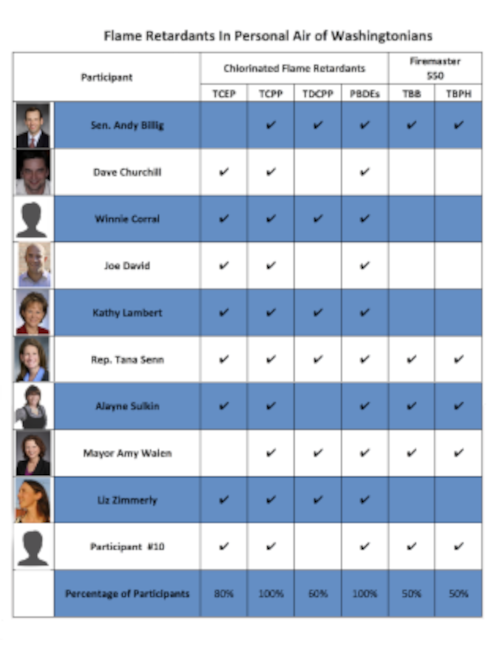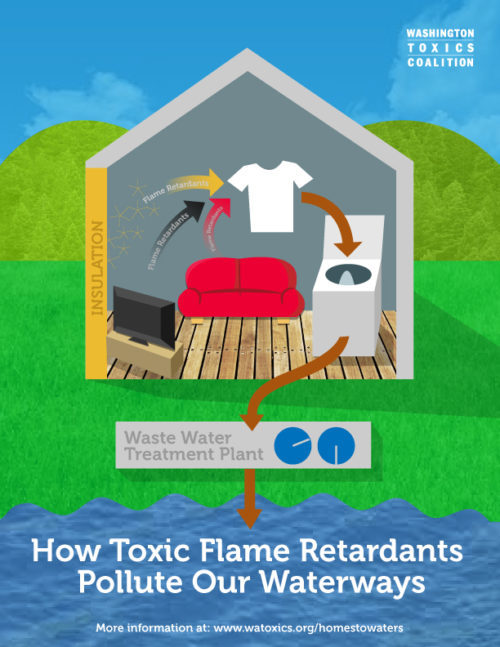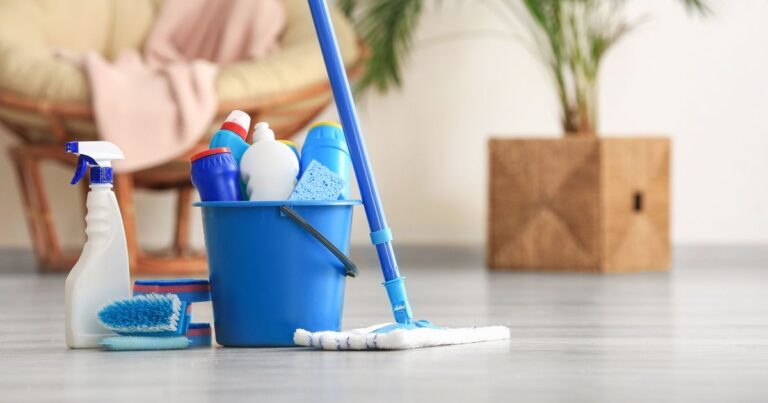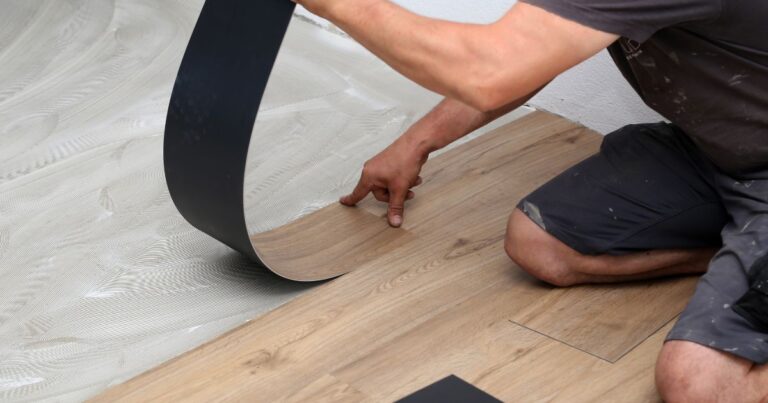Toxic Chemicals in Building Materials
Act Now!
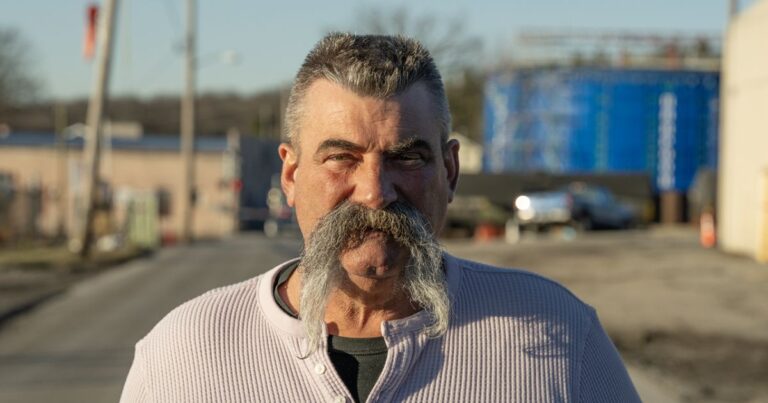
A person’s indoor environment has a profound impact on their health—and the materials used to construct our homes, schools, and workplaces make up a big part of that.
Many chemicals used in building materials have not been properly screened for safety and, in many cases, they are associated with serious health conditions. This includes flame retardants used in insulation, PFAS used in stain protectors on carpets, and alkylphenol ethoxylates (APEs) used in paint and other building materials. PVC (vinyl) plastic building materials, such as luxury vinyl tile, are hazardous from production to use to disposal and, if they burn, pose an even greater risk for firefighters, for whom cancer is the #1 line-of-duty cause of death.
Low-income communities and people of color experience disproportionately high exposure and harm. For example, one study found that levels of phthalates and flame retardants in multi-unit, affordable housing were two to 18 times higher than in single-family homes.
We can build healthier and more resilient communities by moving to safer materials and processes. Safer substitutes may be as simple as changing the weave of carpet to make it stain-resistant rather than applying a toxic treatment.
What we’re doing
Toxic-Free Future combines science, research, and advocacy to drive the transition to safer building materials.
Our work has helped spur action from major retailers and government agencies—at the federal level, in Washington state, and across the country—to phase out toxic chemicals from building products.
- We’re urging the EPA to ban methylene chloride-based paint strippers for commercial use, protecting workers from deadly exposure.
- We advocate for stronger protections in affordable housing, pushing for restrictions on harmful chemicals like phthalates, PFAS, and hormone-disrupting alkylphenol ethoxylates (APEs) in commonly used materials.
- In partnership with Healthy Building Network, we target the most hazardous chemicals in building products—such as PFAS, flame retardants, phthalates, and APEs—and work with Washington state and major home improvement retailers to evaluate safer alternatives and implement phaseouts.
- We collaborate with affordable housing advocates to provide practical resources and guidance for developers to make healthier material choices.
Our Impact
Driving industry and policy change to support healthier homes
- Major retailers—including The Home Depot, Lowe’s, Menards, and Floor & Decor—committed to ending sales of vinyl flooring with hormone-disrupting phthalates, eliminating the use of tens of millions of pounds of toxic chemicals.
- The Home Depot and Lowe’s also pledged to stop selling carpets and rugs with PFAS-based stain-resistant treatments.
- Toxic-Free Future partnered with a leading affordable housing organization to develop a resource helping developers transition to safer building materials.
- Washington state is now implementing regulatory restrictions on PFAS in carpets, rugs, home textiles, and treatments, as well as on phthalates in vinyl flooring
HEALTHIER BUILDING MATERIALS
Our Key Projects & Priorities
Healthy Communities in Washington
Toxic-Free Future is working to create healthier communities across the state of Washington by reducing exposure to toxic chemicals where people live, work, and play. From advocating for safer building materials and healthier housing policies to eliminating harmful chemicals in products and pollution from industrial sources, we’re advancing science-based solutions that protect public health—especially for communities most impacted by environmental injustices.

TSCA Implementation
The EPA has the power—and responsibility—to protect people and the environment from toxic chemicals under the 2016 reforms to the Toxic Substances Control Act (TSCA). Toxic-Free Future is holding the agency accountable, pushing for strong, science-based implementation to ban dangerous chemicals and deliver the full promise of the law.
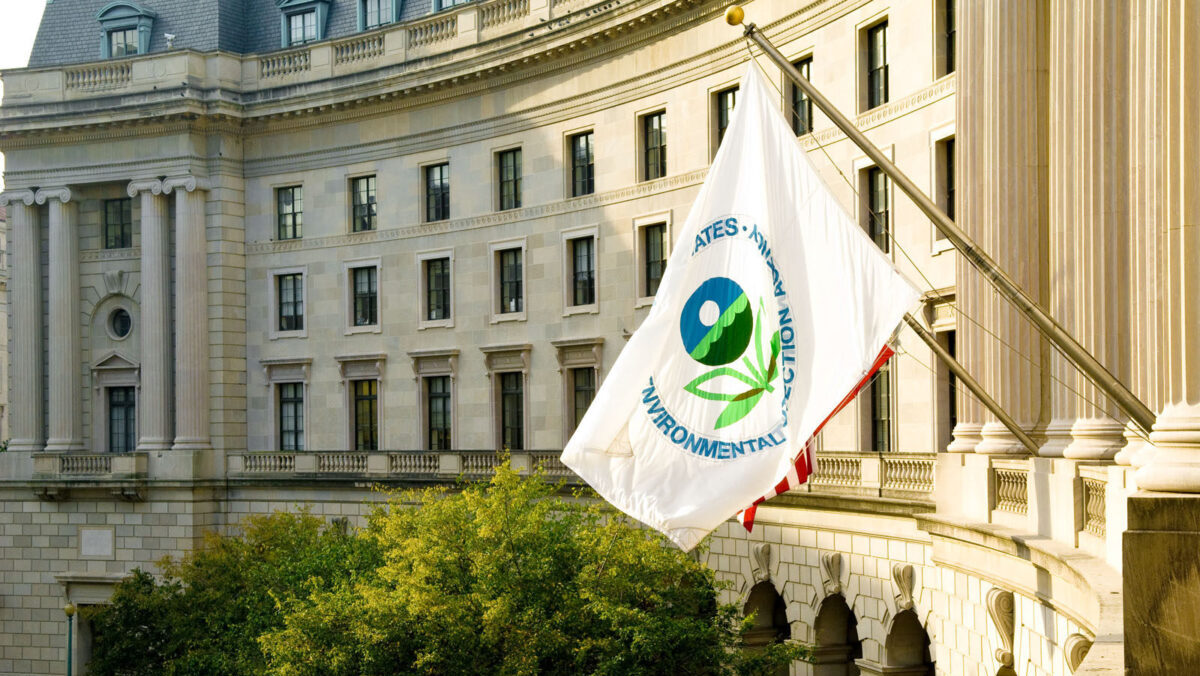
Our Media Coverage
Latest posts on Healthier Building Materials
